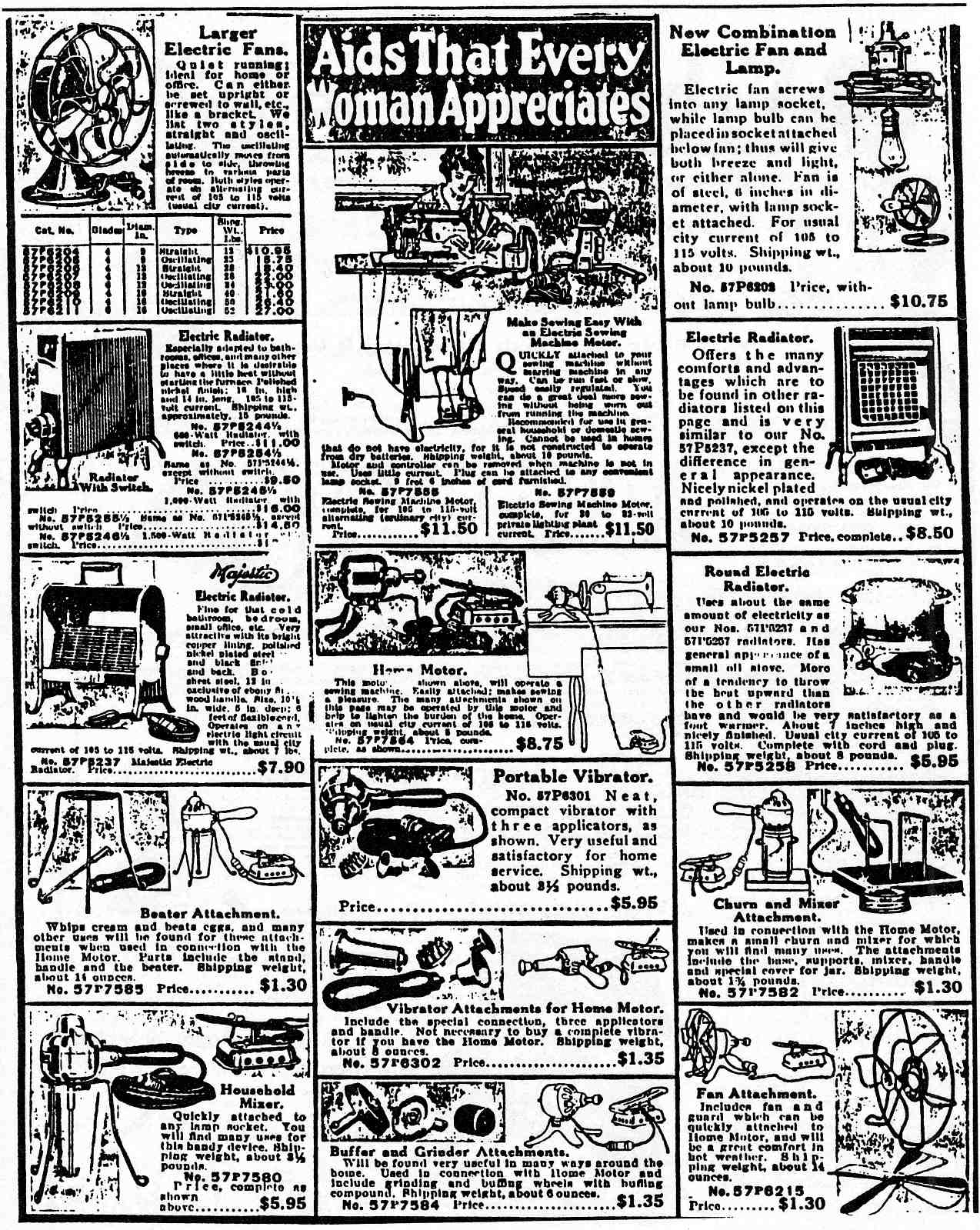We have this vision of the old Delta bluesman, some poor guy just getting by, moaning the blues that reflect the horrors of his life. But the truth might be a lot different. This is what B.B. King wrote: “It angers me how scholars associate the blues strictly with tragedy. As a little kid, blues meant hope, excitement, pure emotion.”
The thing is, the performer, including the old Delta blues folk, was recognized as special. They probably did better than their farming kin, for one thing. And they were probably pretty good:
The bluesman traveled and performed alone or with a single companion. Audiences expected him to perform everything from traditional European social dances to blues and ragtime. He had to be able to provide enough rhythmic propulsion to move a dance floor one night and enough sensitivity to accompany storytelling ballads the next morning while busking on the street corner. A number of bluesmen even doubled as journeyman preachers, a topic pointedly addressed in Son House’s “Preachin’ Blues.” To survive, a bluesman had to be versatile, mobile, and cheap. And so did his instrument.
And what was that versatile, mobile and cheap instrument? The banjo had been the original instrument of choice, but it was eventually replaced by the steel string guitar, as sold by Sears, Roebuck! As Sears innovated, so did the performers, until the blues morphed into what we know today. Sears, in its way, is the source of the blues.
Delta Dawn, by Chris Kjorness, is essential reading for music fans.
.


No comments:
Post a Comment